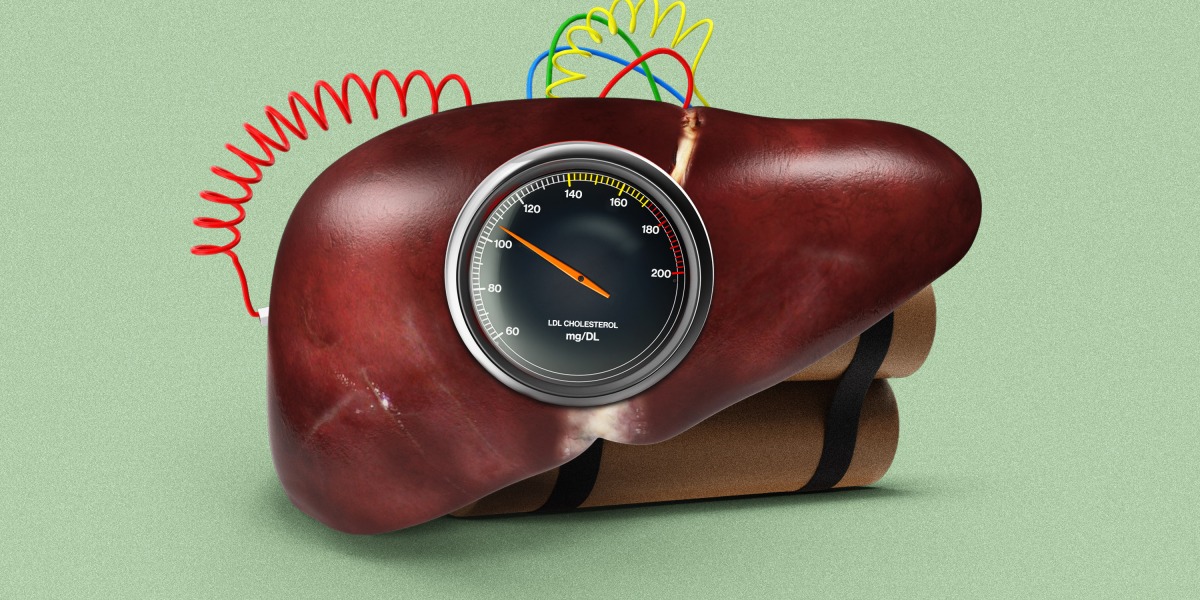"CRISPRkit: Making gene editing accessible for everyone, everywhere"
CRISPRkit is kit for K12 students for learning about CRISPR gene-editing technology. (CRISPR stands for "clustered regularly interspaced short palindromic repeats".)
Technically, this kit does CRISPRi, which stands for "CRISPR interference". Instead of using the nuclease Cas9 for DNA cleavage, it uses "nuclease-dead" dCas9 for controlling transcription of the target gene.
"Both mechanisms are based on single guide RNA (sgRNA)-directed specific DNA targeting and can generate visualizable outcomes on the genes encoded by the target DNA. However, since Cas9 is an active enzyme that may have more profound impacts on the environment due to its ability to permanently alter DNA sequences, we proposed to focus on dCas9, which only transiently affects gene expression."
"While CRISPR technology carries inherent risks, such as potential permanent alterations to target DNA, our kit utilizes dCas9, which merely provides transient regulation of gene expression without making lasting changes. Additionally, the omission of live cell cultures in CRISPRkit enhances its safety."
"By leveraging a cell-free transcription-translation (TXTL) system, we have crafted an in vitro environment optimal for CRISPR gene editing and regulation experiments. With the TXTL system, one can complete an experiment by simply combining various CRISPR components in a tube, eliminating many steps typical of conventional experiments."
"Another hurdle has been experimental readouts and analysis. Traditional CRISPR gene knockouts and knockdowns often require quantification using costly equipment found only in labs. Our solution? We employ chromoproteins that produce vivid pigments easily seen by the naked eye. Furthermore, we have developed a novel computational algorithm CRISPectra capable of analyzing smartphone-captured images of these results, removing the need for specialized equipment."
"The traditional method of performing CRISPR experiments necessitates the execution of many costly and time-consuming steps, including transforming competent cells, plating transformed cells, picking colonies, and growing the cells overnight. Our proposed CRISPR kit utilizes a transcription-translation-based method to generate an in vitro experimental environment, termed cellfree system (CFS), which has been employed for measuring gene expression and CRISPR gene editing. By using CFS reagents in place of living cells, we eliminate the biosafety and logistical concerns of live-cell transportation and culture."
"We further linked Streptococcus pyogenes dCas9-based CRISPRi activity to a pigmentation readout via the control of chromoproteins, which are pigmented proteins that do not require special light wavelengths or filters to visualize. We chose three chromoproteins with visually distinct colors that resemble the RGB color mode (red, yellow/green, and blue): eforRed, fwYellow, and aeBlue. We designed single guide RNAs (sgRNAs) that specifically target the protein-coding sequence of each chromoprotein to achieve efficient and specific transcriptional repression."
"Using the cell-free system, in the absence of dCas9 or an sgRNA, the transcription and translation machinery will produce chromoproteins that appear as visible pigment. When dCas9 and targeting sgRNA are present, they form a ribonucleoprotein complex to repress transcription of the chromoprotein, reducing the intensity of pigmentation. We measure activity of the CRISPR kit by quantifying the level of pigmentation change. We also compared two setups: one is termed the 'high-tech' setup and uses pipettes (for liquid transfer), an incubator (for precise temperature control), and a fluorescence plate reader (for measurement); the other is termed the 'low-tech' setup and uses inoculation loops (for liquid transfer), no temperature control, and a smartphone (for measurement)."
"We first designed specific sgRNAs for each chromoprotein. There are two options for designing an sgRNA targeting a double-stranded DNA: targeting either the template or non-template strand. Previous studies have shown that only non-template-strand-targeting sgRNA can repress transcription, due to steric hindrance between dCas9 and the RNA polymerase."
By "template" here, they're referring to how DNA replicates by forming a double strand that winds and unwinds, but only one of these "strands" is actually used to transcripe to RNA. This strand is called the "template" strand.
"We therefore designed sgRNAs that target the nontemplate strand of each chromoprotein, using the CRISPR-ERA algorithm to select sgRNAs without off-target binding sites. We encoded each chromoprotein and each sgRNA under the control of a strong sigma-70 promoter."
Sigma-70 refers to part of the RNA polymerase enzyme that helps RNA polymerase find transcription-initiation points.
I'll stop there. You'll find out all the details if you get a kit, I'm sure. If any of you do this, let me know how it goes.
CRISPRkit: Making gene editing accessible for everyone, everywhere
